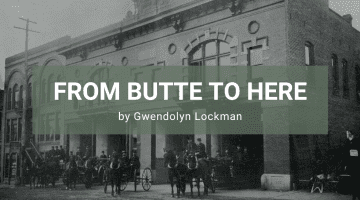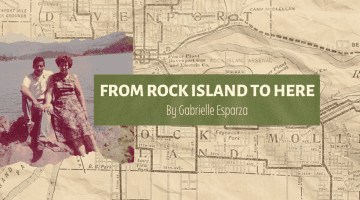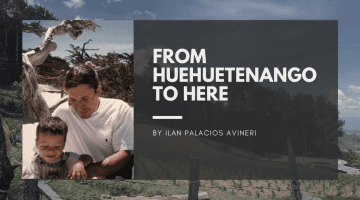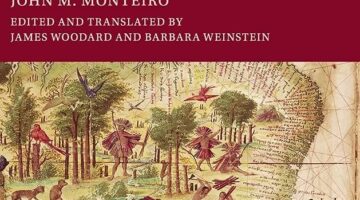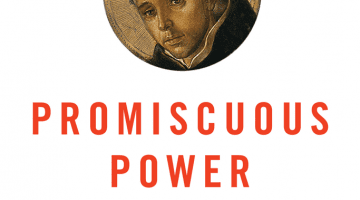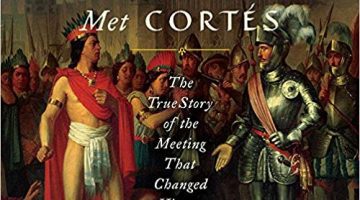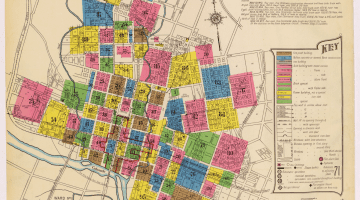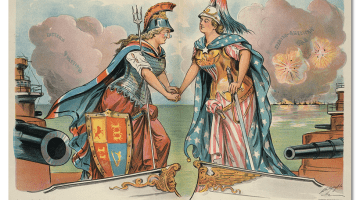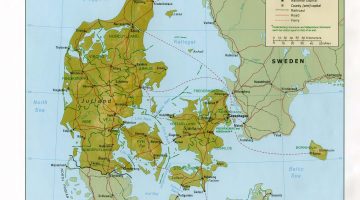
(UT History faculty come from all over the world. Here are their stories.) By Tatjana Lichtenstein Being an immigrant has always been part of my story. More than 50 years ago, my parents left their home country in search of a better life. They ended up in the small country of Denmark in northern Europe. And […]
